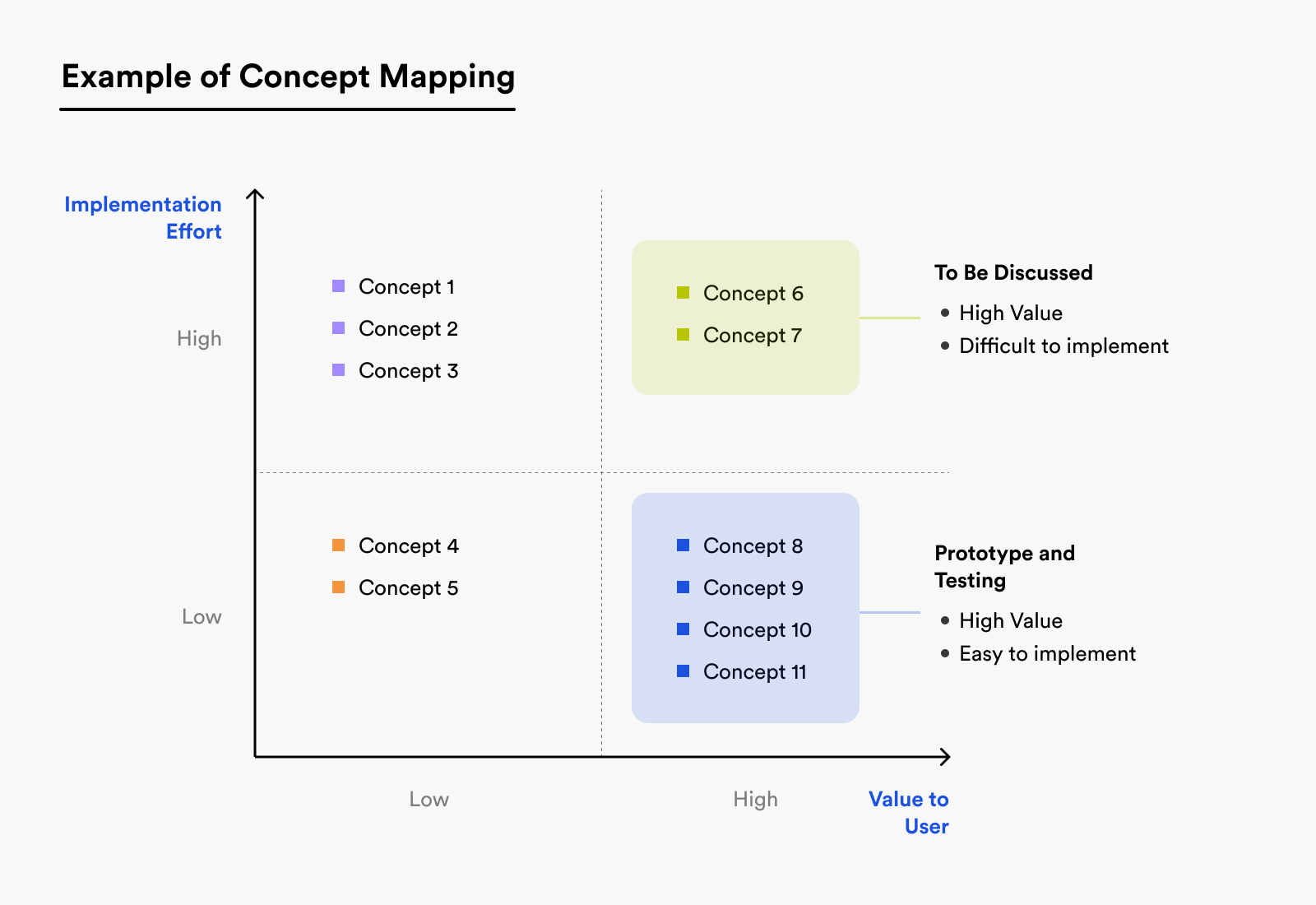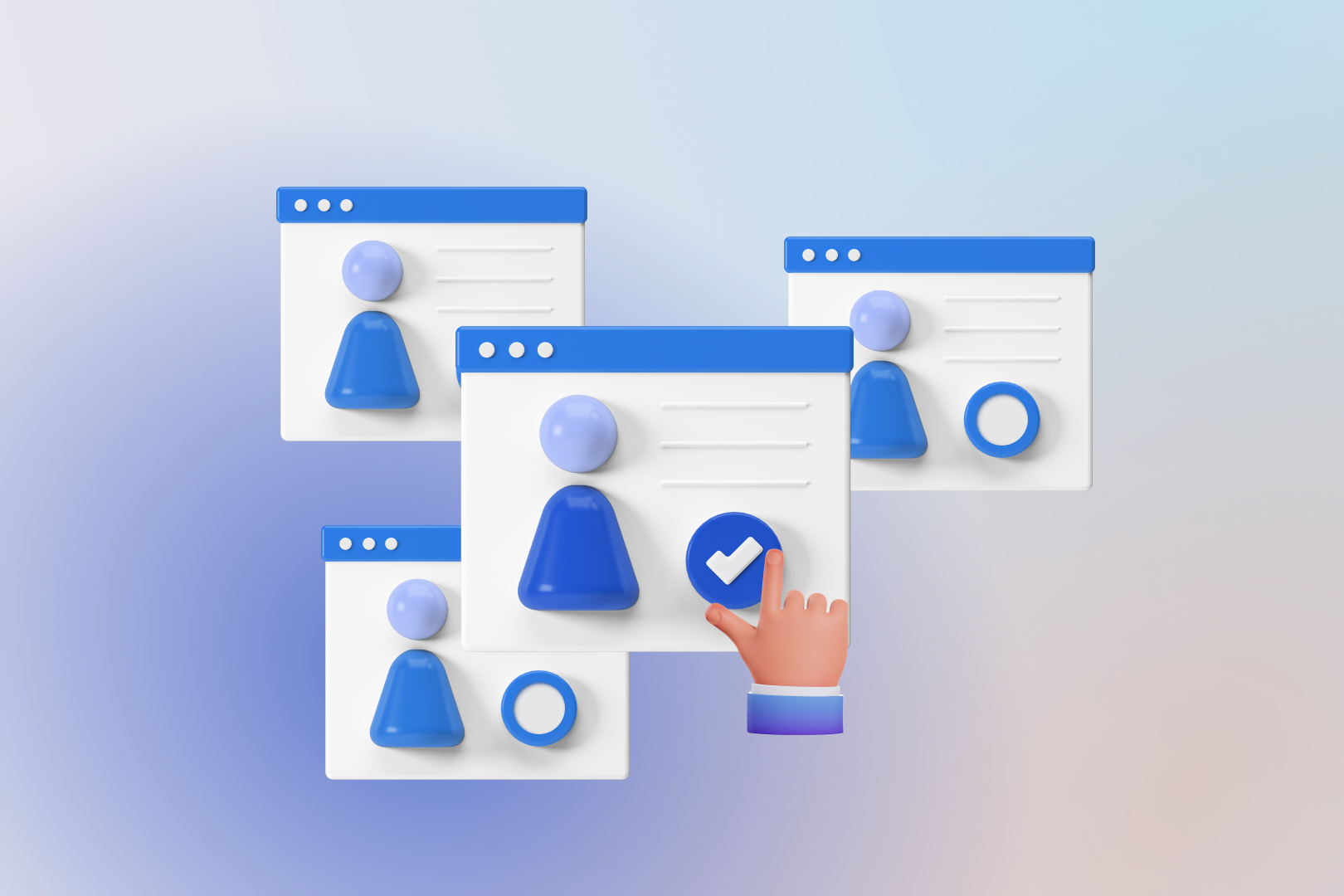During the ideation phase, product teams often fail at the following tasks: Which ideas are worth investing time and money in? Which one should be prioritized? By applying concept testing, Touch helps the product teams validate these ideas with their target users before making major decisions. Our process includes 3 parts:
- Define Product Concept and Build Assumptions
- Create Testing Plan and Concept Prototype
- Conduct Testing and Analysis
Define Product Concept and Build Assumptions
The first step is to identify concepts that need to be tested based on 2 key factors: users and brand. For users, we focus on how valuable the concepts are, and how they can improve people's life. For the brand, we need to consider whether the concepts fit brand positioning and the company's vision, what value the concepts will bring to the company, and how difficult the concepts will be implemented. By combining these factors, we can sort out concepts.

Making assumptions is another critical step. The assumptions allow us to dig deeper to understand which aspects of the concepts are important to users and why. Furthermore, the assumptions can also provide us with inspiration to explore other product opportunities. The assumption refers to what makes the concepts work, as well as what parts of the concepts can improve user experience and appeal to the target users. For example, assumptions in a WeChat miniprogram project are:
- We assume consumers are motivated to scan the QR code
- We assume consumers are intrigued by the brand's story displayed on the homepage
Create Testing Plan and Concept Prototype
After finalizing the assumptions, we proceed to the next step, which is to create a testing plan and prototypes. The testing plan has 3 parts: 1) understand user experience and scenario in daily life, 2)validate the concepts, and 3) uncover unmet needs and opportunities. The goal is to assist product teams in gathering valuable user data in order to improve the concepts.
Like User Testing, we need to build a prototype before testing. The concept prototype can be both low-fidelity and high-fidelity as long as it conveys the concepts clearly and is cost-effective to build. Prototypes include concepts descriptions in text, design sketches, paper mockups, animated mockups, and interaction prototypes made with UX design tool (Figma, InVision).

Conduct Testing and Analysis
In this step, 1-on-1 interviews and focus groups are the most used methods. We aim to understand if they understand the concepts, if they find the concepts appealing, if they can associate themselves with the concepts, and what are the "must to have" and “better to have” features.
We employ both quantitative and qualitative methods of analysis. For qualitative analysis, we ask participants to share their impressions and understanding of the concepts, as well as what they like and dislike, and what they ar e unsure about. We also use quantitative methods, such as concepts rating, Net Promoter Score, and so on, to make the analysis more scientific and more digestible.




